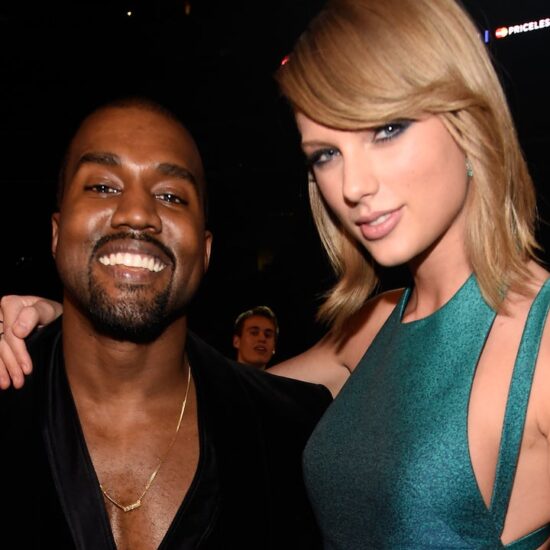
Look around you. Notice how even kids in college are able to create breathtaking videos on their smartphone. You don’t see people carrying a huge camera by their side anymore.
Our phones are capable of doing so much more now. From capturing high-quality moments to recording every silly moment on campus – people are hooked to their phones. And trust us. The moments matter.
The videos you record will be worth everything. Later, when you go down memory lane, you will be in gratitude.
Plus, it’s a way to ignite your creativity and explore beyond the ordinary. Smartphones are accessible and anyone can become a filmmaker – as long as they are in the right direction.
Once you figure out how to use the camera on an Android phone to its full potential, it won’t take long for you to film a documentary or an indie film.
Keep reading as go through a detailed walkthrough – 5 ways you can record stable videos with no hindrances in the background (Android):
Apps You Should Install
We will start off with a list of apps that you should be using on default basis. The goal is to help you create better videos with no background noise and stability intact. Let’s begin:
1) PowerDirector – Video Editor
PowerDirector is a video editor and a filming tool that is used by millions of film enthusiasts. The app is a household name and thrives on innovation. We see updates far too often.
PowerDirector is powered by dozens of features – 4K stabilisation, blended visuals, animation integration, and the app allows you to fix shaky footage with just a single click. No complications. You don’t need to be technical. Let PowerDirector edit your videos.
And best thing is that there is no compromise on quality either. You don’t need to compress a video or reduce anything – the quality stays unharmed and remains stable. The app is currently ranked at the second position on Google Play Store in the category – top video players & editors.
To hire an Android developer, PowerDirector set out a list of requirement and optimisation for 64-bit Android devices was one of them. The app would most likely work on your device. And if you to their premium plans – there won’t be any ad disturbances and you will exclusive features.
You may also add background noises and add different kinds of music from the library but for more specific customisations. We recommend installing Dolby On: Record Audio & Music. Let’s look at the next app.
Download: PowerDirector – Video Editor
2) Dolby On: Record Audio & Music
Dolby On is an app that enables you to transform mediocre videos into film-like masterpieces. The name indicates what the app pretty much does and it aligns perfectly with what you want. The app is obviously powered by the ever-so powerful Dolby audio technology and you can see the implications of it. The UX/UI design is created in a way that anyone could easily understand the dynamics of audio and how to enhance the quality of your videos. With audio – here are just a few highlighted features:
- Maximize volume
- Change EQ
- Stereo widening
- Compress audio
- Reduce noise (definitely)
Later, you can also livestream the enhanced video and share it with your friends through Dolby on. There are currently more than a million downloads on the Google Play Store. And you can always be creative and play around with the sounds.
There is more to the app than just sound optimisation. Read more and make the most out of the app on their website. Even Terrace Martin trusts Dolby On while trying to optimise his music and trying new things.
Download: Dolby On: Record Audio & Music
3) Google Photos
Google Photos has been around since 2015 and in the past few years – it has established as a multi-purpose tool that does a lot more than being a gallery of the sort. Apart from the syncing and the built-in cloud storage features – Google Photos has proven to be a contender in the world of video editing as well.
The app is probably already installed on your Android phone and if not, download it right now. All the videos you record on your phone will automatically show up on Google Photos. You just need to go to editing options and use their electronic stabilization feature. The aim is to make your shaky video better.
Also, you can trim the video and optimise a certain part of it. After recent updates – the process doesn’t take that long either. And there are over 30+ options when it comes to the editing tool.
Rest assured – with Google Photos – the videos you edit will be safe and will get uploaded to the cloud instantly. You don’t have to worry. Every user gets 15GB worth of cloud storage when they download the app.
Methods You Should Follow
Now, let’s move on and look a few techniques you should consider during the filming process. We will look at two elements that set the foundation of recording videos. Here it is:
The Lighting
The way you film your video will define how the final result will look like. Lighting is an essential part of the entire process. To explain it quickly. We need to understand that smartphone cameras come with smaller image sensors and usually have a low dynamic range. Shooting in a dark place would result in an unsatisfactory video.
Try to make sure the lightning in the room is bright enough. But also, do not point your phone at the sources directly, it could cause issues like lens flaring and overexposed videos. To get better videos, you can also try back-lighting and adjust it accordingly in the room.
Explore Manual Settings
We won’t get into too much technical specifications but rather an overview of what a smartphone camera is capable of once you know the settings. On an Android phone – manual (pro) option is most likely already included as a part of the default camera.
You will find the following as a part of manual settings:
- ISO
- Aperture
- Shutter speed
- Exposure compensation
There is more to it as well. Once you get the basics right, move on to white balance and other tools. For starters, you can see how a lower ISO will make the sensor less sensitive to light and a higher ISO would do the opposite. Adjust and see what fits.
Final Thoughts
And that is about it. If you think there is more to smartphone filmmaking than this – you are right. The discussion could go on and there are a lot of details we have further covered. Check out our blogs. We want everyone to explore the potentials of filmmaking and see how smartphones are revolutionising the entire game.
Sharjeel Ahmed is a digital enthusiast working at Tekrevol. Sharjeel specializes in contemporary topics such as blockchain, NFTs, mobile app development, cloud computing and more. He enjoys working with technology. Whether you need to hire android app developer or an expert web developer – she can link you up with the right person.














